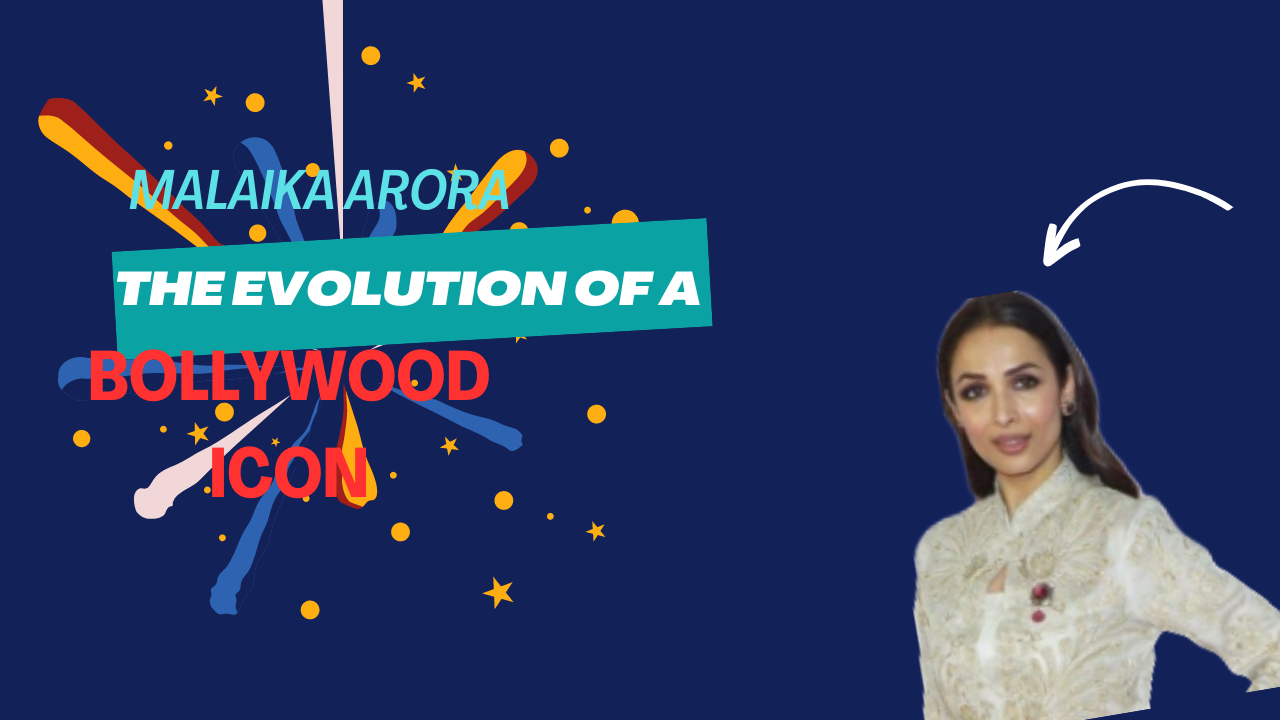To truly understand the evolution of Malaika Arora as a Bollywood icon, one must first appreciate the depth of her influence on the Indian film industry and popular culture. An excellent way to frame this discussion is by starting with a compelling quote or a revealing anecdote that captures the essence of her impact. For instance, consider the quote from renowned Bollywood choreographer Farah Khan: “Malaika Arora isn’t just a dancer; she’s the epitome of grace and glamour. Her presence on screen redefined dance numbers in Bollywood and set a new standard for the industry.” This quote encapsulates the transformative effect Malaika Arora has had on Bollywood, not only through her remarkable dance performances but also through her unique blend of charisma, style, and resilience.
Malaika Arora’s journey in Bollywood began in the early 1990s, a time when the industry was beginning to witness a shift in its representation of female stars. The era was marked by a growing emphasis on dance numbers that were not merely an interlude but a central element of a film’s appeal. Malaika Arora, with her extraordinary talent and magnetic presence, became the torchbearer of this new wave. Her debut in the music video for “Chaiyya Chaiyya” from the 1998 film Dil Se was a defining moment that showcased her as a formidable force in Bollywood. The song, featuring Malaika dancing atop a moving train, became iconic not only for its innovative choreography but also for Malaika’s ability to merge traditional and contemporary dance styles seamlessly. Her performance was a revelation, breaking away from the conventional and introducing a fresh, dynamic approach to dance in Indian cinema.
Anecdotes from the set of “Chaiyya Chaiyya” reveal the level of dedication and skill Malaika brought to her craft. It is said that Malaika practiced for weeks to perfect the intricate moves required for the song. Her commitment was so intense that she would often rehearse for hours, ensuring that every movement was executed flawlessly. This level of professionalism and dedication was not just about impressing the audience but about setting a new benchmark for dance performances in Bollywood. Her work ethic and passion were evident, and it was this dedication that helped her capture the audience’s imagination and establish herself as a major star.
Beyond her dance prowess, Malaika Arora’s influence extended into the realm of fashion and style. Her sartorial choices often became trendsetting, influencing how contemporary Bollywood stars approached fashion. The mid-2000s saw her consistently in the limelight, not just for her dance performances but for her striking presence at various events and on the red carpet. Her ability to blend traditional Indian attire with modern fashion elements created a unique style that was both elegant and avant-garde. Designers and fashionistas alike admired her for her bold choices and the way she effortlessly combined glamour with grace.
In addition to her contributions to dance and fashion, Malaika Arora’s role as a television personality further amplified her impact. Her appearances as a judge on various reality dance shows such as Nach Baliye and India’s Got Talent highlighted her versatility and deep understanding of dance. Her critiques and comments were not just about technical accuracy but also about the emotional expression and connection that dancers conveyed through their performances. This nuanced perspective enriched the viewing experience and solidified her status as a knowledgeable and influential figure in the entertainment industry.
Malaika’s influence is also reflected in her entrepreneurial ventures. Her foray into fitness with the launch of her own yoga and fitness brand, along with her involvement in various wellness initiatives, underscores her commitment to promoting a healthy lifestyle. Her approach to fitness is not merely about physical appearance but about holistic well-being, which resonates with a wide audience. This aspect of her career highlights how she has leveraged her celebrity status to advocate for causes she is passionate about, further broadening her influence beyond the realm of entertainment.
A particularly telling anecdote about her impact involves the reception of her song “Munni Badnam Hui” from the 2010 film Dabangg. The song became a cultural phenomenon, with its catchy tune and Malaika’s spirited performance making it an anthem of sorts. The song’s success was not just a testament to her popularity but also to her ability to set trends. It became a staple at celebrations, events, and parties, illustrating how her work resonated with people from various walks of life and became a part of their social fabric.
Furthermore, Malaika Arora’s influence is evident in the way she has inspired a new generation of performers and artists. Many contemporary dancers and actors cite her as a major influence on their own careers, attributing their love for dance and performance to her pioneering work. Her ability to continuously reinvent herself while maintaining her core identity has set a precedent for others in the industry. It is not uncommon to hear emerging talents speak of how Malaika’s performances encouraged them to pursue their dreams and challenge the norms of the industry.
In conclusion, starting with a captivating quote or anecdote about Malaika Arora’s influence provides a powerful entry point into exploring her evolution as a Bollywood icon. It sets the stage for a deeper examination of her contributions to the film industry, dance, fashion, and beyond. Her impact is multifaceted, encompassing not just her on-screen performances but also her entrepreneurial endeavors and her role as a trendsetter and influencer. By framing the discussion with such a quote or anecdote, one can effectively highlight the profound and lasting legacy of Malaika Arora in the world of Bollywood and popular culture.


Leave a Reply